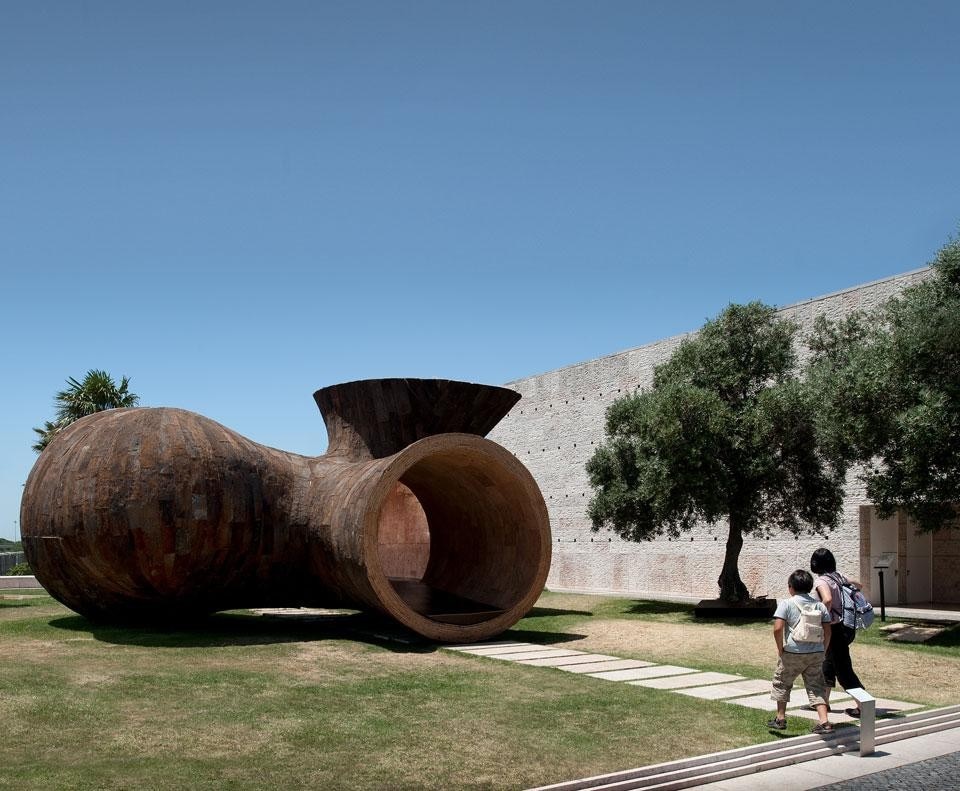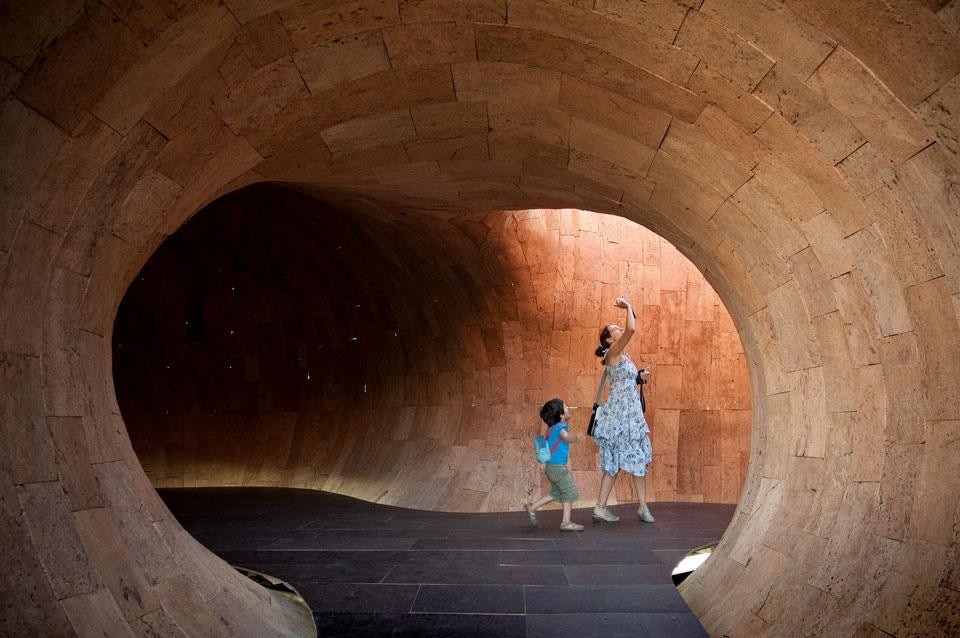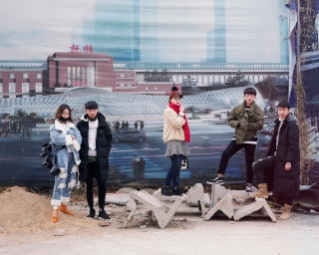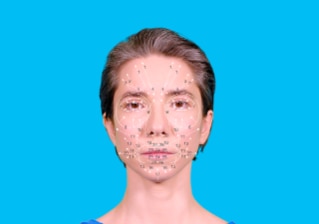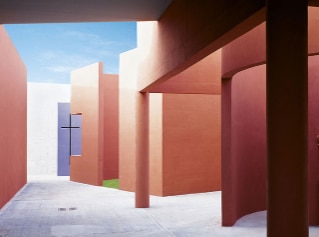Rita Capezzuto: The work you are presenting at the Triennale is the product of 44 years of research. Can you tell us the story?
Miguel Arruda: Behind everything is a reference to and comparisons between two key forms: the cube and the sphere. The latter has always been present in my sculpture, it was the focus of my youth and inspired by the female figure. Architecturally speaking, my training has led me to look more to classical forms, linked to Cartesian lines. In recent years, I have worked to combine the two in my work. I was slightly tired of the division between the two disciplines and wanted to do something new, develop something I didn't know.

I am thinking of Zevi's famous definition, "Internal space which… can be grasped and felt only through direct experience, is the protagonist of architecture." Zevi also wrote that "Architecture can be described as a great hollowed-out sculpture, which people can enter and walk around in." I wanted to experience this sensation because it was the only possible starting point for a new architectural project.
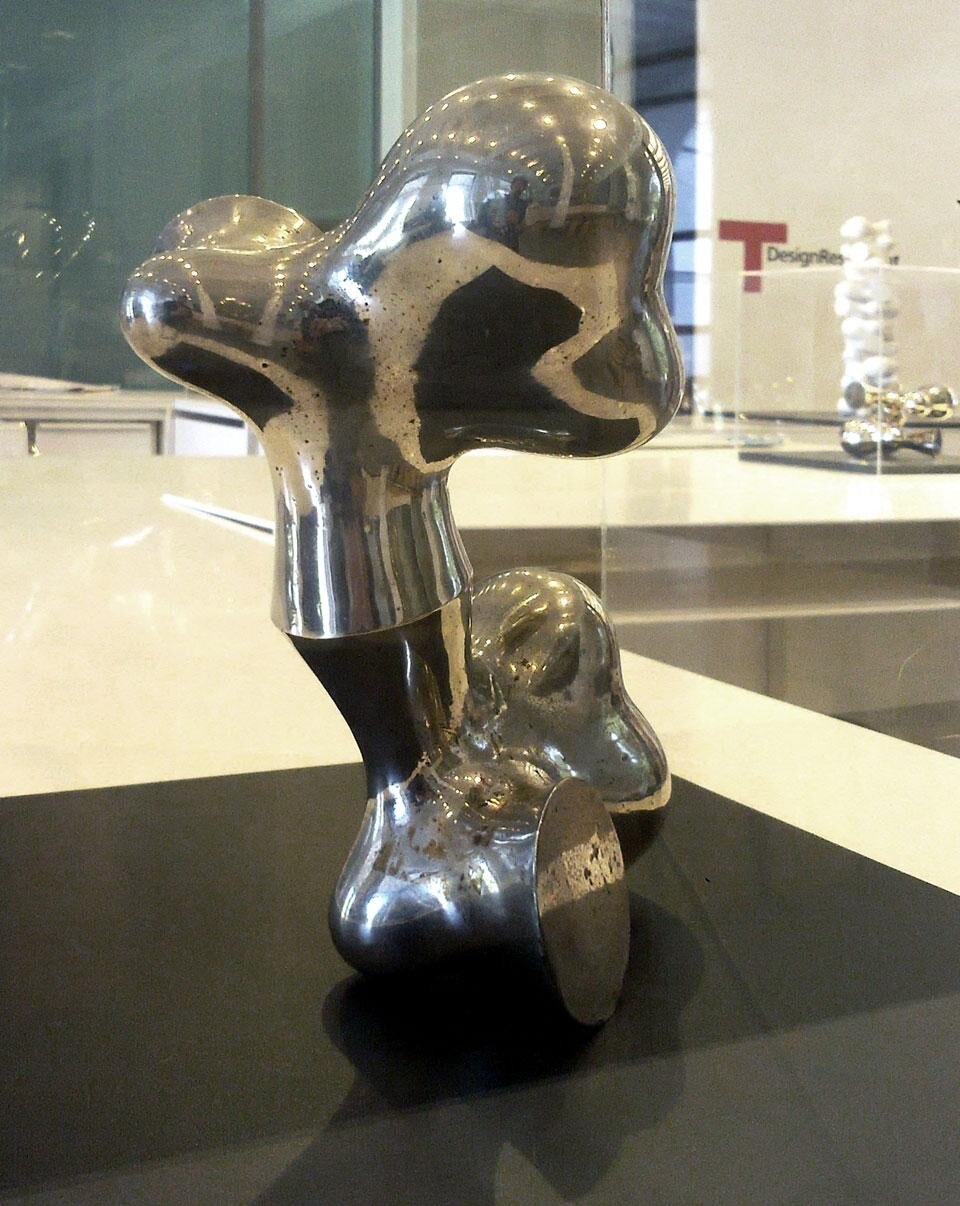
I decided to take one of my 1968 sculptures and conduct an experiment by turning it into a habitable sculpture. I wanted to feel what was happening inside and what I experienced when I faced the exterior. But I also wanted other people, not just me, to experience it. I did it in Lisbon in 2010 and it was installed, first temporarily and then permanently, in the gardens of the Belém Cultural Centre. From the very first, thousands of people visited this work which falls midway between architecture and art. I found the results fascinating. I was able to reflect on a number of conditions and some of my intuitions were confirmed — spatially speaking, initially, and then formally, before reaching the acoustic and thermal effects.
This journey back to sculpture has enabled me to magically link all my interests and see my future activities through different eyes. A journey backwards that takes me forwards.
The experimentation phase [with cork] will be long but the results so far are extremely satisfying. It is a live, sensorial material that allows you to work with colour too
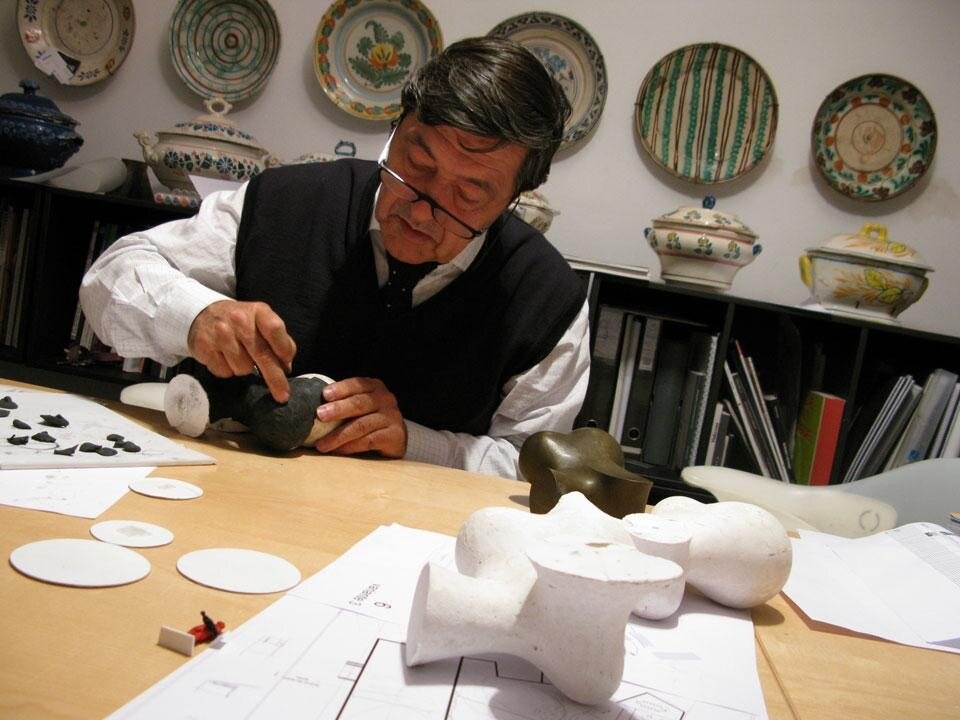
The furniture I am showing in the exhibition is based on the sphere, cube and cone. Some pieces are anthropomorphous, others more geometrical, like the prototype sofas I am developing with B&B.
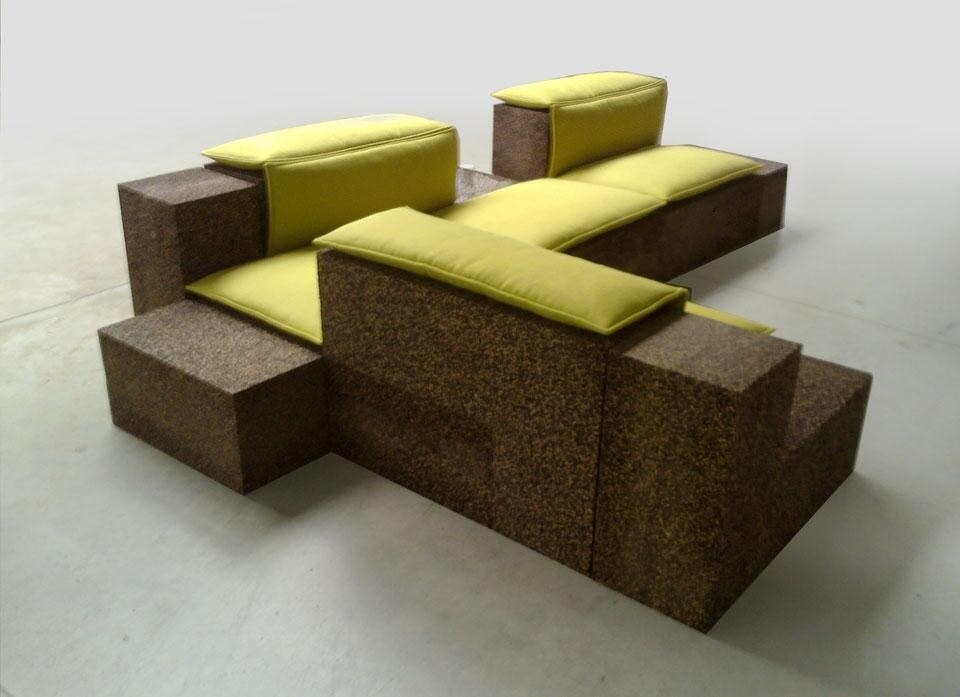
The habitable sculpture, made of cork, was a workshop in this sense, too. I have always liked cork. It is a local material — Portugal is the world's main producer — and has exceptional thermal and acoustic properties, and also remarkable tactile and sensorial qualities. It can be applied to technologically complex forms. Given all these characteristics, I thought of using it for seating — stools, armchairs and sofas. I am studying a special rubber compound with the Portuguese company Amorim, the leading cork producer [Amorim supplied the cork for the recently opened new Serpentine Gallery Pavilion by Herzog & de Meuron and Ai Weiwei]. We are doing numerous elasticity tests because cork and rubber compress differently. You have to vary the percentages of the two components to achieve the perfect compound. The experimentation phase will be long but the results so far are extremely satisfying. It is a live, sensorial material that allows you to work with colour too. Most importantly, we use recycled production waste (the foam inserted into car steering wheels). It is not a new material but its application to furniture is. I like the circle created between information, ratio and verification. It enables me to link architecture, sculpture and design.
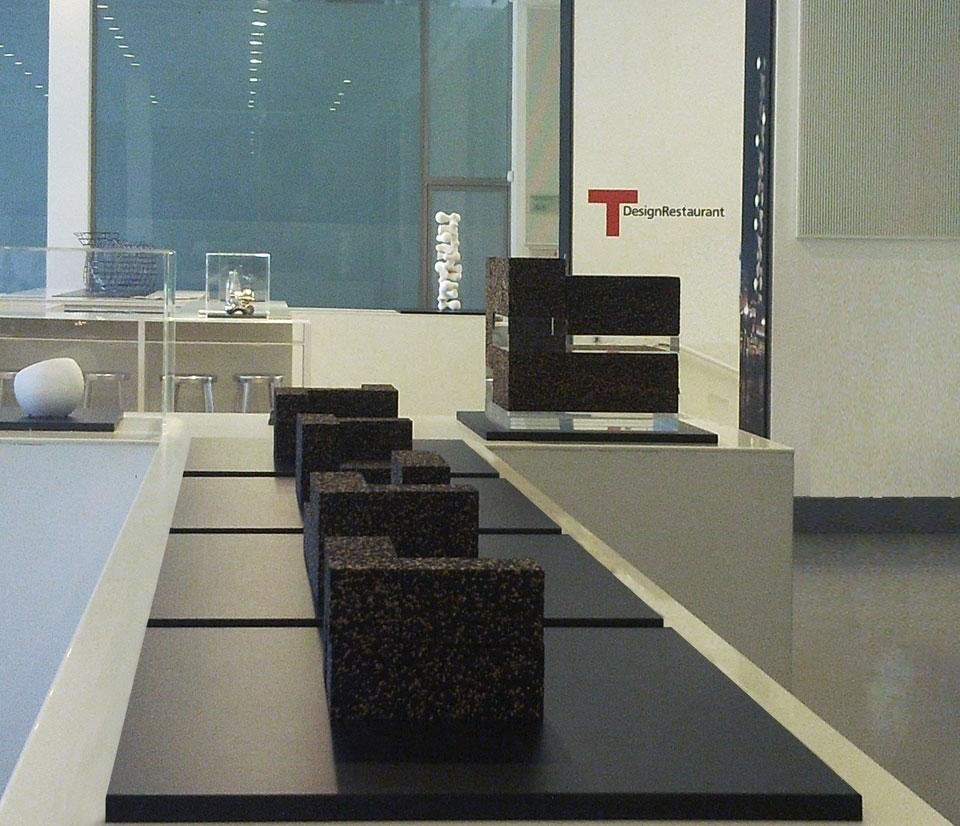
I am building a holiday home in the Algarve which is an evolution of the habitable sculpture. The layout is the same. I wanted to tackle the reality and am curious to see how it will feel in a real home. I do not exclude continuing with "Cartesian" architecture. I am still in love with both paths - the anthropomorphous and the geometric.
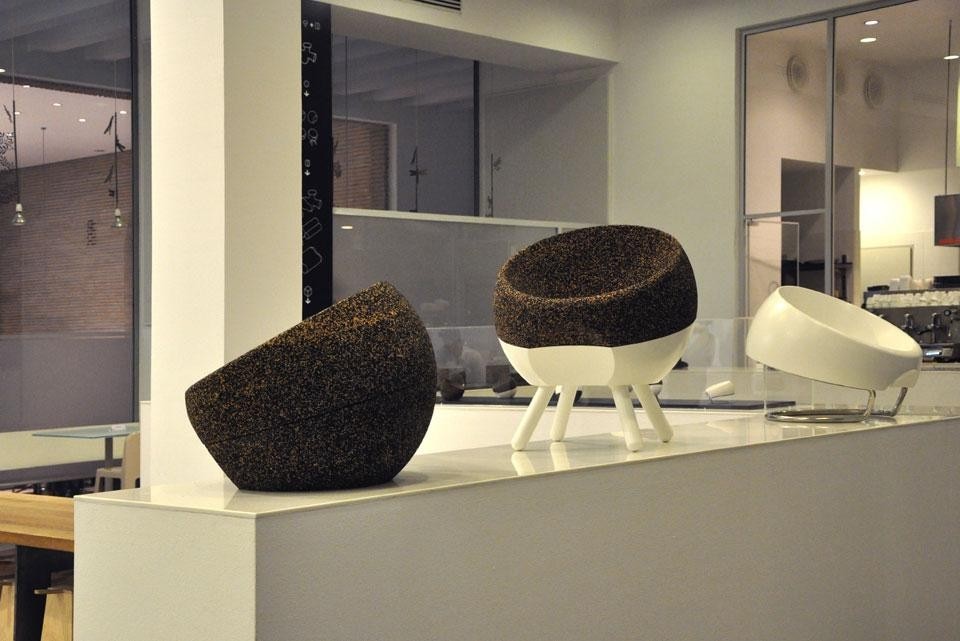
Miguel Arruda. Scultura abitabile
Triennale Design Museum
DesignCafè, free entrance
viale Alemagna 6, Milan
